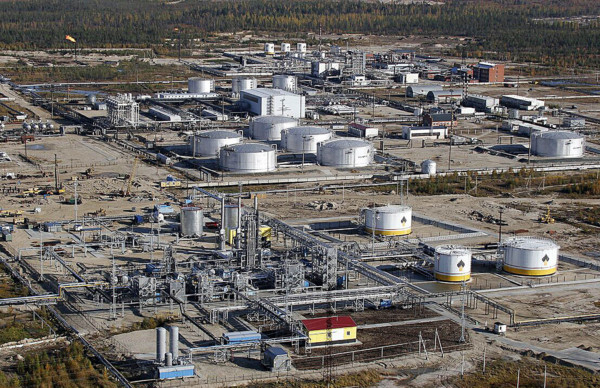
Abu Dhabi: Demand for renewable energy may drop in the short-term as a result of Opec’s decision on November 27 to maintain output levels despite tumbling prices. However, the long-term outlook remains positive, with high demand from various countries around the world that are eyeing sustainability, analysts said.
Lower oil prices translate into lower energy costs, and in turn, a shift away focus from the importance of renewable energy as an alternate source.
According to an Irena (International Renewable Energy Agency) spokesman, the results of Opec’s decision echo the loudest in the transportation sector where there is competition between petrol, diesel and biofuels.
“I think the question is how long will this low oil price continue? If you look at the IEA [International Energy Agency] projections on the longer term, they still assume prices will rise... Most investments for renewables are very capital intensive. So, it may affect short-term investment decisions, but I doubt there will be a long-term effect on renewables,” said Dolf Gielen, director of Irena’s Innovation and Technology Centre in Bonn, Germany.
In an interview with Gulf News, Gielen said that pricing was not the only factor driving governments’ interest in renewable energy.
“Climate policies in many markets are much more important drivers for renewables than purely economics. In other markets such as China, it’s mainly health impacts. In these markets, [the drop in oil prices] will not make a big difference,” he said.
According to the IEA, diesel and other petroleum-based fuels currently account for five per cent of global power generation — down from 25 per cent in 1973.
Gielen added that China and India were among the largest markets where there is demand for renewable energy. There is also increasing interest for renewables in the Middle East.
In fact, by the end of the decade, up to 37 gigawatts of renewable energy is expected to come on line in the Middle East and North Africa, with the region’s total investments in renewables set to reach $50 billion (Dh183.6 billion) by 2020, according to data from the World Future Energy Summit.
Analysts also highlighted the UAE’s heavy investments in nuclear energy as a source of clean energy. Emirates Nuclear Energy Corporation is currently setting a nuclear power plant, which is expected to account for a sizeable portion of the country’s power-generating capacity and boost its dependence on renewables on the long term.
Gus Schellekens, Middle East sustainability leader at PricewaterhouseCoopers, agreed that renewables will not be impacted by oil prices on the long run.
“Renewable energy technologies have always faced a challenge to be economically attractive compared to conventional alternatives. Huge drops in costs have been seen over the past five to 10 years especially in wolar [energy] and wind, and this is set to continue,” he said.
“Those that have an eye on the longer term will understand that oil and gas remain commodities with fluctuating prices. For those governments that perhaps have no domestic oil and gas resources, and are looking for energy security and predictability around costs, renewables still represent a good opportunity for investment.”
Schellekens added that demand is expected to come mainly from countries that have no oil and gas resources, and that depend on imports.”












